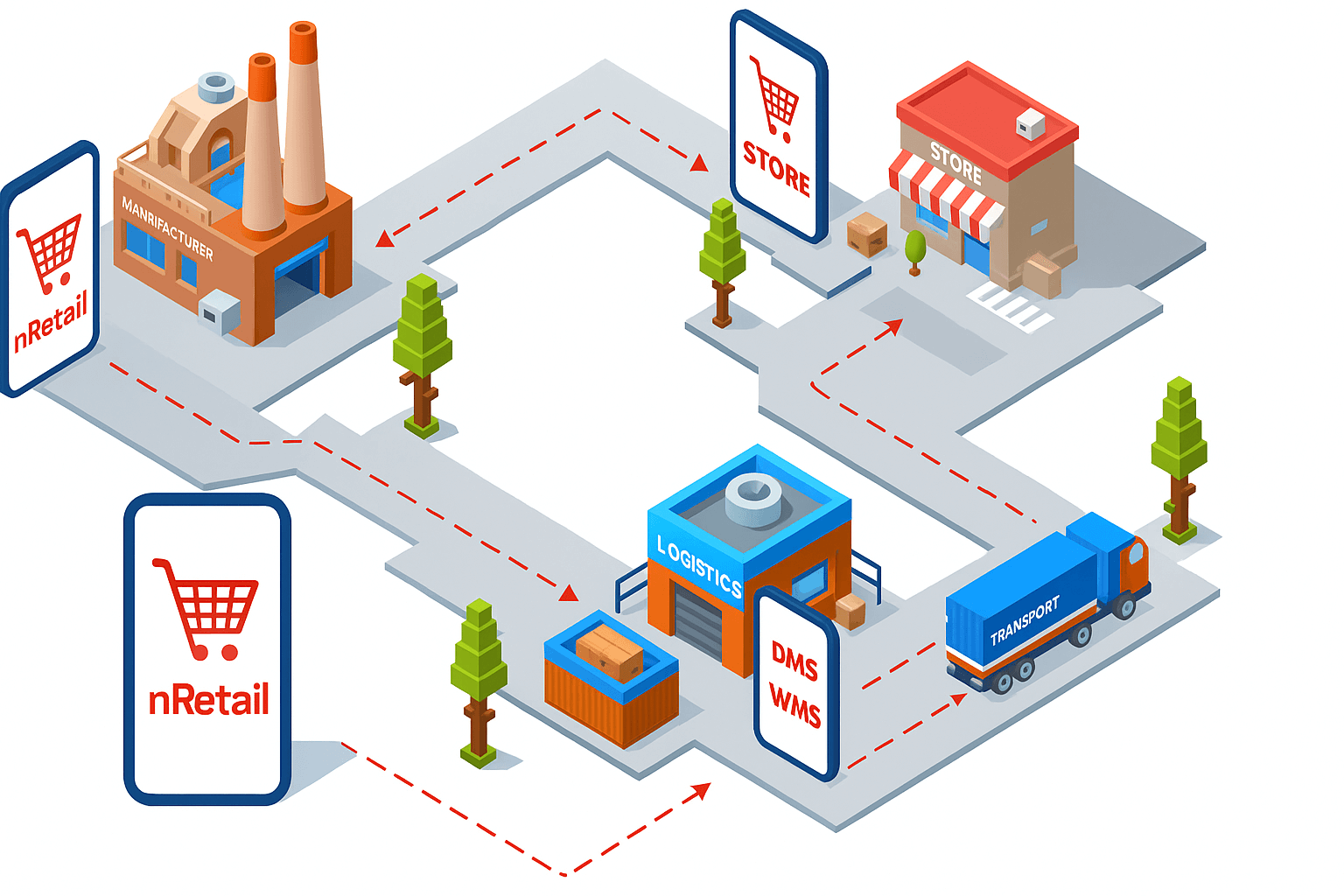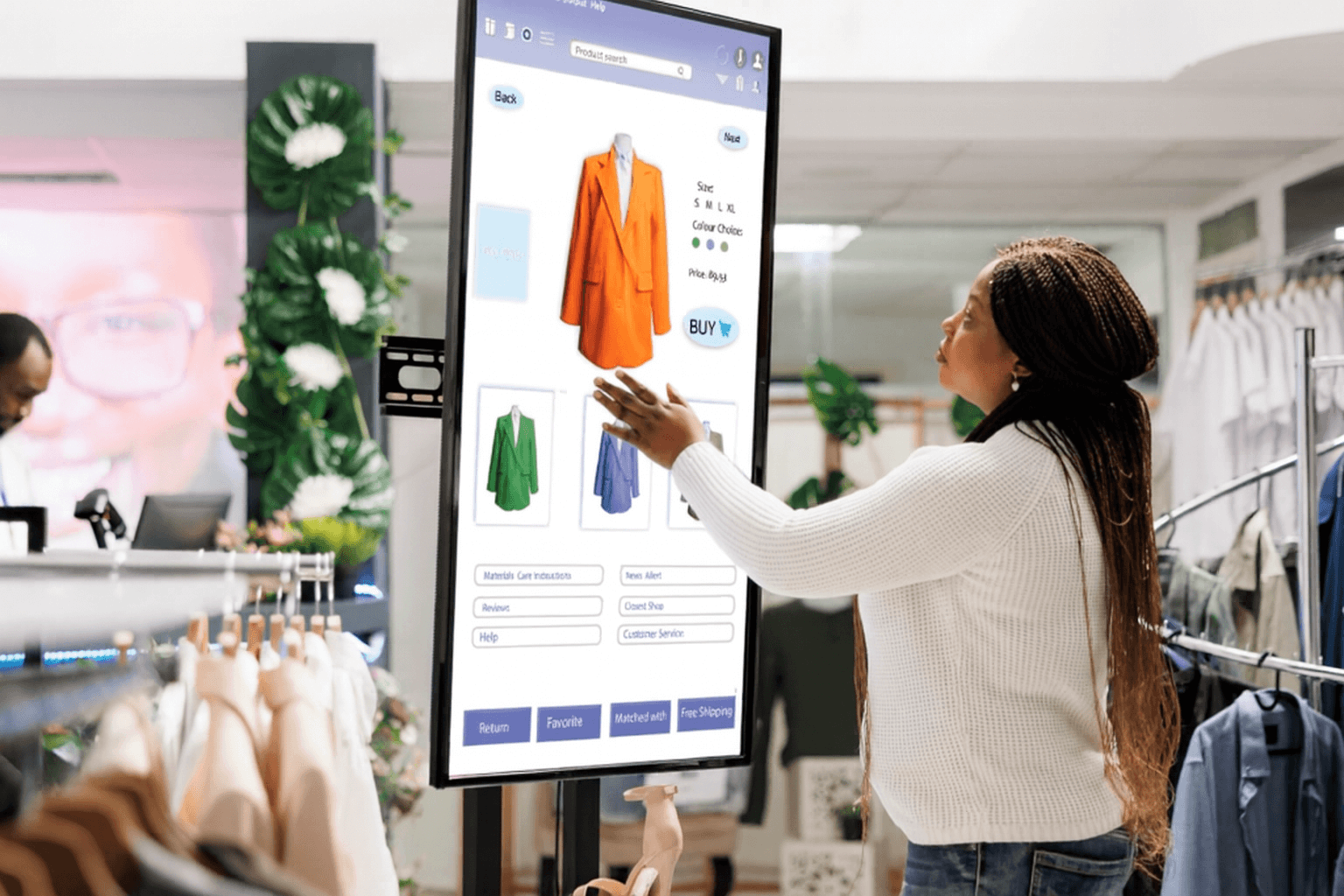Lead Nurturing Excellence for Long Term Client Relationships
Building Trust in Lead Nurturing Strategies
Strong lead nurturing is the foundation of sustainable business growth. A focused approach transforms initial contacts into lasting partners. Consistent and meaningful interactions build trust over time. Each conversation becomes a touchpoint to understand needs and expectations. This focus improves satisfaction and raises conversion rates. It also reinforces loyalty, which makes the entire process more efficient and cost effective.
Organizations that value lead nurturing often enjoy higher customer lifetime value. They see fewer drop offs and more repeat business. Trust is not built overnight. It comes from carefully planned contact, timely follow ups, and personalized support. Lead nurturing also demands empathy. Understanding customer pain points helps brands offer more relevant solutions. This is where a dedicated team makes a difference, keeping outreach aligned with client preferences.
Many firms underestimate how structured lead nurturing enhances relationships. Clear communication channels, reliable response times, and consistent quality form a predictable experience. This consistency helps retain high value clients who may otherwise drift toward competitors. It also improves your brand image, which becomes a silent ambassador for your business.
How Can Lasting Client Relationships Grow
Lasting client relationships are nurtured through a mix of strategy, commitment, and adaptability. This question remains central for every business aiming to stay competitive. Strong relationships form when a company treats each interaction as a learning moment. Data driven insights can reveal buying patterns, preferred channels, and emerging needs. Using these insights, businesses can personalize their communications and offerings.
An emphasis on customer experience ensures that each step of the journey adds value. Predictable response times and easy access to help desks create an environment of confidence. In addition, proactive engagement at key moments reinforces the partnership. Clients remember positive interventions long after the initial transaction.
It is equally important to adapt as industries change. Shifts in technology and regulations can affect client expectations. A flexible approach ensures that your service levels remain high even during transitions. This flexibility signals reliability, which deepens trust. The goal is not simply to secure a sale but to position your brand as a long term solution provider.
Seamless Support Across Multiple Business Functions
True lead nurturing excellence depends on more than sales calls. It requires a full service ecosystem. This includes everything from lead sales, lead generation, and customer service to IT support and debt collection. By integrating these diverse elements under one operational roof, companies deliver a consistent client experience. This approach is essential for firms offering call center outsourcing.
BPOManila exemplifies this model by aligning specialized teams across varied functions. For instance, IT support ensures that systems stay online and reliable. Debt collection adds financial rigor while maintaining a professional tone. QA monitoring helps maintain high standards at every customer interaction. Each function complements the other to form a complete support environment.
When businesses choose a partner that covers multiple areas, they reduce complexity. They also minimize the risks of miscommunication between separate vendors. This unified framework accelerates lead nurturing and ensures that client information flows securely across departments. The result is faster response times, higher satisfaction scores, and improved loyalty rates.
Technology Integration for Future Ready Operations
Technology is at the heart of modern lead nurturing strategies. Integrated platforms allow seamless tracking of client interactions from the first touch to post-sale support. Automation tools manage repetitive tasks and free up agents to focus on higher value conversations. This blend of technology and human skill elevates service quality.
Cloud-based solutions provide scalability and reliability. Data analytics dashboards present actionable insights to decision makers. These insights shape everything from marketing campaigns to resource allocation. Predictive analytics can even flag potential churn risks before they materialize. By acting early, businesses retain more clients and improve lifetime value.
A strong technological backbone also improves security and compliance. This is critical in industries with strict data protection requirements. Regular audits, encrypted communications, and real-time monitoring build client confidence. In addition, training programs ensure that agents understand both the technology and the customer experience principles. The result is a team capable of delivering consistent, future ready operations.
Partner with Us to Strengthen Client Connections
Choosing the right partner can transform how you nurture leads and build long term relationships. A dedicated outsourcing team helps companies deliver consistent customer service while also scaling quickly. Our team understands multiple industries and adapts to each client’s unique environment.
We offer lead nurturing strategies backed by QA monitoring, IT support, and customer service frameworks. Our integrated approach covers lead sales, debt collection, and call center outsourcing to simplify your operations. This comprehensive coverage allows your in-house teams to focus on core business growth while we handle the heavy lifting.
To explore more about how customer contact centers work at a global scale, visit Wikipedia Call Centre. This external resource outlines the evolution of call centers and their impact on industries worldwide.
Ready to elevate your lead nurturing and build long lasting client relationships Contact our team today to design a customized outsourcing strategy. Together we can create seamless client connections that drive sustainable growth.









 Retail and ecommerce
Retail and ecommerce A trusted partner like BPOManila brings together lead generation, customer service for ecommerce and retailers, IT support, and debt collection to help organizations scale globally. This expertise allows companies in entertainment + gaming fintech, healthtech, on demand travel, retail, social media, and technology to expand operations without losing quality.
A trusted partner like BPOManila brings together lead generation, customer service for ecommerce and retailers, IT support, and debt collection to help organizations scale globally. This expertise allows companies in entertainment + gaming fintech, healthtech, on demand travel, retail, social media, and technology to expand operations without losing quality.








 The
The  Retail and Ecommerce
Retail and Ecommerce
 On Demand Travel and Transportation
On Demand Travel and Transportation









